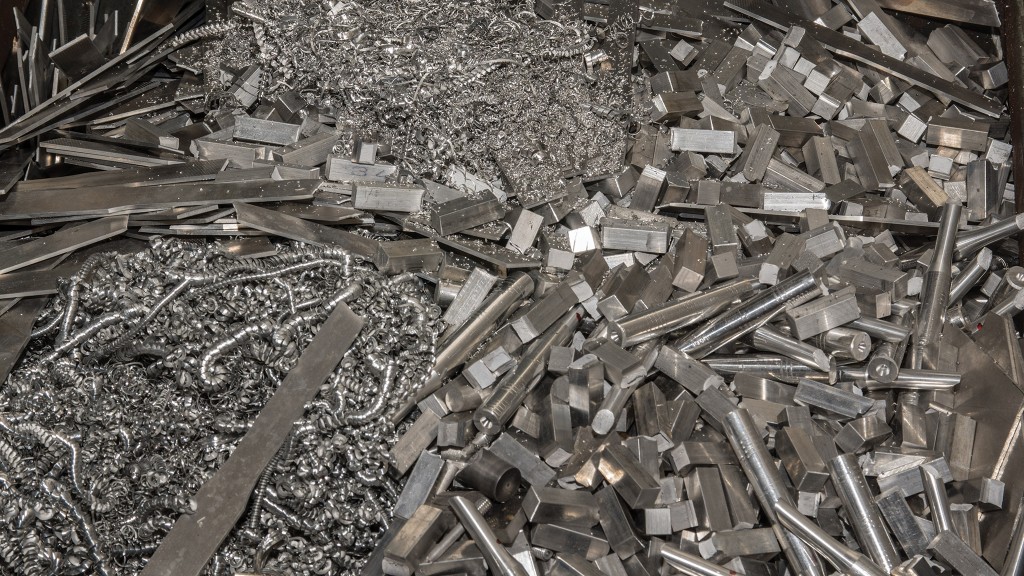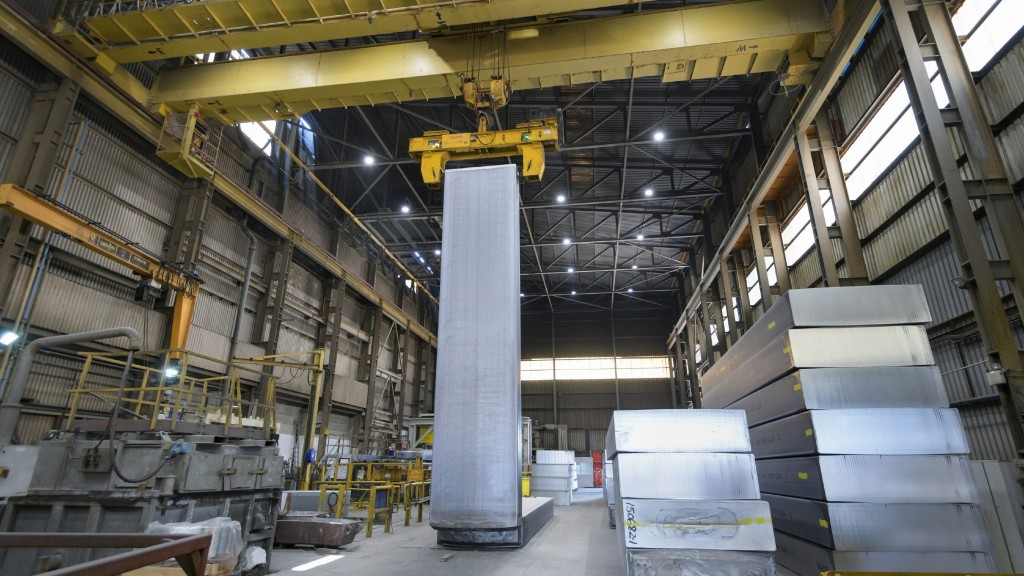
The BlueGreen Alliance has released Aluminum, Revitalized: Strengthening the Backbone of Our Clean Economy, a comprehensive report on how to reverse the recent decline of the U.S. aluminum industry to meet rising aluminum demand for clean energy technologies.
Aluminum is a primary material in solar panels, electric vehicles, and other rapidly expanding clean technologies. New research projects that by 2035, aluminum demand from U.S. solar power alone will significantly exceed current U.S. aluminum production for all end uses. But as demand soars, U.S. production has precipitously fallen. Most U.S. aluminum smelters have shuttered since the 1990s, leaving only five in operation. As a result, workers have lost jobs and U.S. aluminum has been replaced. The BlueGreen Alliance says that aluminum production in China – now the source of a majority of the world's aluminum – is about 65 percent more emissions-intensive than in the U.S.
"As solar panels and electric vehicles spur rising demand for aluminum, we cannot depend on high-polluting aluminum production overseas that undercuts the very climate goals we seek," said BlueGreen Alliance Vice President of Manufacturing and Industrial Policy Ben Beachy. "Revitalizing clean U.S. manufacturing of aluminum – a material forming the backbone of the clean economy – is imperative for meeting our climate goals."
The report highlights how federal investments in the Inflation Reduction Act, the Bipartisan Infrastructure Law, the Defense Production Act, and more can be leveraged to reopen aluminum smelters and retrofit facilities for cleaner manufacturing processes.
These investments include:
- 45X Tax Credit: An uncapped production tax credit to support expanded manufacturing of high-purity aluminum, among other clean technologies and critical materials.
- 48C Tax Credit: $10 billion available for manufacturers to install technologies that will reduce emissions by at least 20 percent.
- U.S. Department of Energy Grants: About $6 billion for energy-intensive industrial facilities – including aluminum manufacturers – to adopt transformative technologies with the potential for deep emissions cuts.
"If we strategically target these investments, we can reverse the decline of U.S. aluminum manufacturing. This will offer good jobs to tens of thousands of workers, support cleaner air and economic restoration for industrial communities, and strengthen our fight to secure a livable climate," said Beachy.


